The grips and overgrips arise on the handle of our pala. Why and how to use them so that our game is as efficient as possible?
For those who have never used a grip or an overgrip, these are bandages that are applied to the handle of our pala. They are posed from the end of the handle towards the center of the pala, all plastic removed, adhesive tape applied last to maintain everything.
Palas are sold with an original grip. This grip, if it is not protected, degrades quickly with friction and especially perspiration.
Unlike tennis, padel it is not possible to choose the thickness of the handle when purchasing a racquet. A standard size that does not necessarily suit all players and all hands, and when you know that an unsuitable sleeve thickness can lead to elbow tendonitis ...
So what to do? Use grips or overgrips! What is the difference ? The grips are much thicker than overgrips and are used to replace the original grip. What players use the most are overgrips (or overgrips in English), thinner and generally less expensive. Although there are several thicknesses, they are all roughly similar.
Magnify the handle
This is the first use we give to overgrips. By superimposing several overgrips and placing them tightly, you can quickly take your sleeve the extra millimeters that will allow you to better grip it. Do not be afraid, some players put up to ten.
Comfort
It's up to you to find the brand and overgrip that suits you so that you are comfortable. Thicker, thinner, perforated or smooth, sticky or absorbent, there are hundreds. There is nothing we can do for you, it is up to you to test, to try, and above all to learn how to ask them. Overgrips are also used for dry hands or wet hands.
Perspiration
It is also to absorb and wick away perspiration that overgrips are made. During matches, we sweat and during hot seasons or indoor, our hand tends to get wet. Overgrips are used to absorb this perspiration so that the pala is not uncontrollable. Do not hesitate to wear a sponge wrist to prevent sweat from the arm flooding your sleeve. Small advice for those who would not want to change their overgrip too often: let the handle of your racket dry once at home because the simple fact of leaving the pala in its bag does not allow correct drying of the overgrip and degrades it.
Grip
A slippery handle has nothing to do on a padel. Although you have the strap (mandatory) in case you let go of your pala, it is still better to invest in equipment that will allow you better support. Some players change their overgrip every set. Having a non-slip handle allows you to have much more control during the strike and above all avoids over-straining the forearm to hold the pala. Advice ; this is the lowest part of the neck which prevents you from letting go of the pala. No adhesive tape or other plastic there.
Overgrips should be part of your equipment. They exist at all prices. It's up to you to see how useful it is, if it's for padel leisure a few times a month, or padel intense several times a week. Comfort, humidity, grip, you know it all. Take the time to test and, above all, learn to apply them yourself, it is not complicated and it will allow you to find “yours” magic formula.
Julien Bondia is a teacher of padel in Tenerife (Spain). Columnist and advisor, he helps you play better through his tutorials and tactical/technical articles padel.




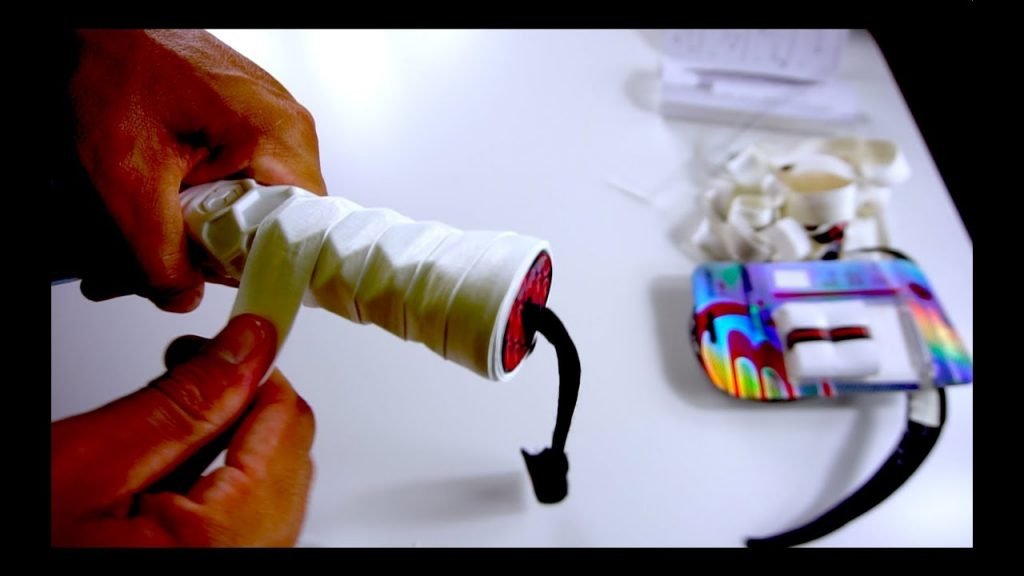











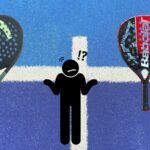



















































































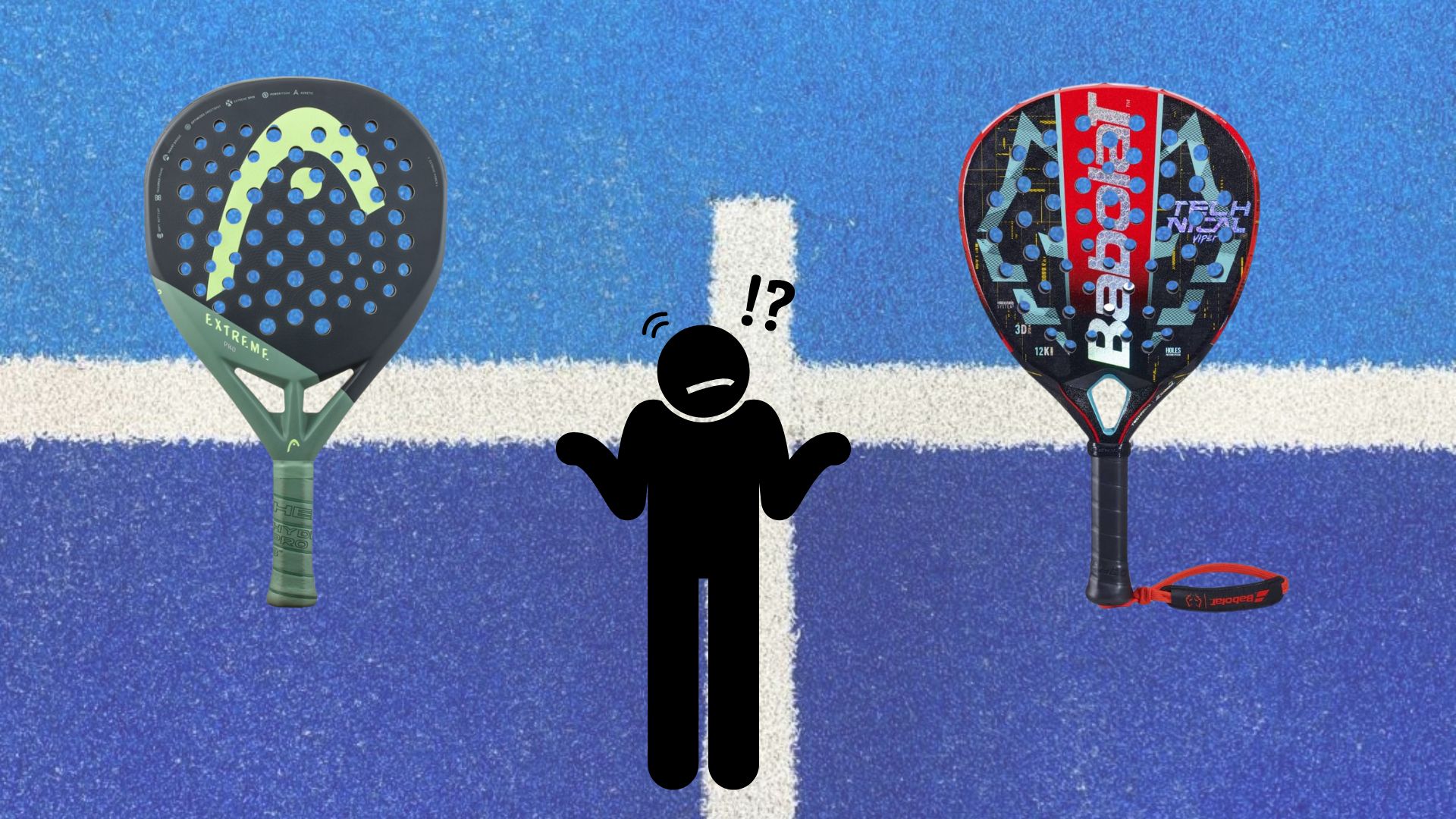 Which high-end racket to choose in 2024?
Which high-end racket to choose in 2024?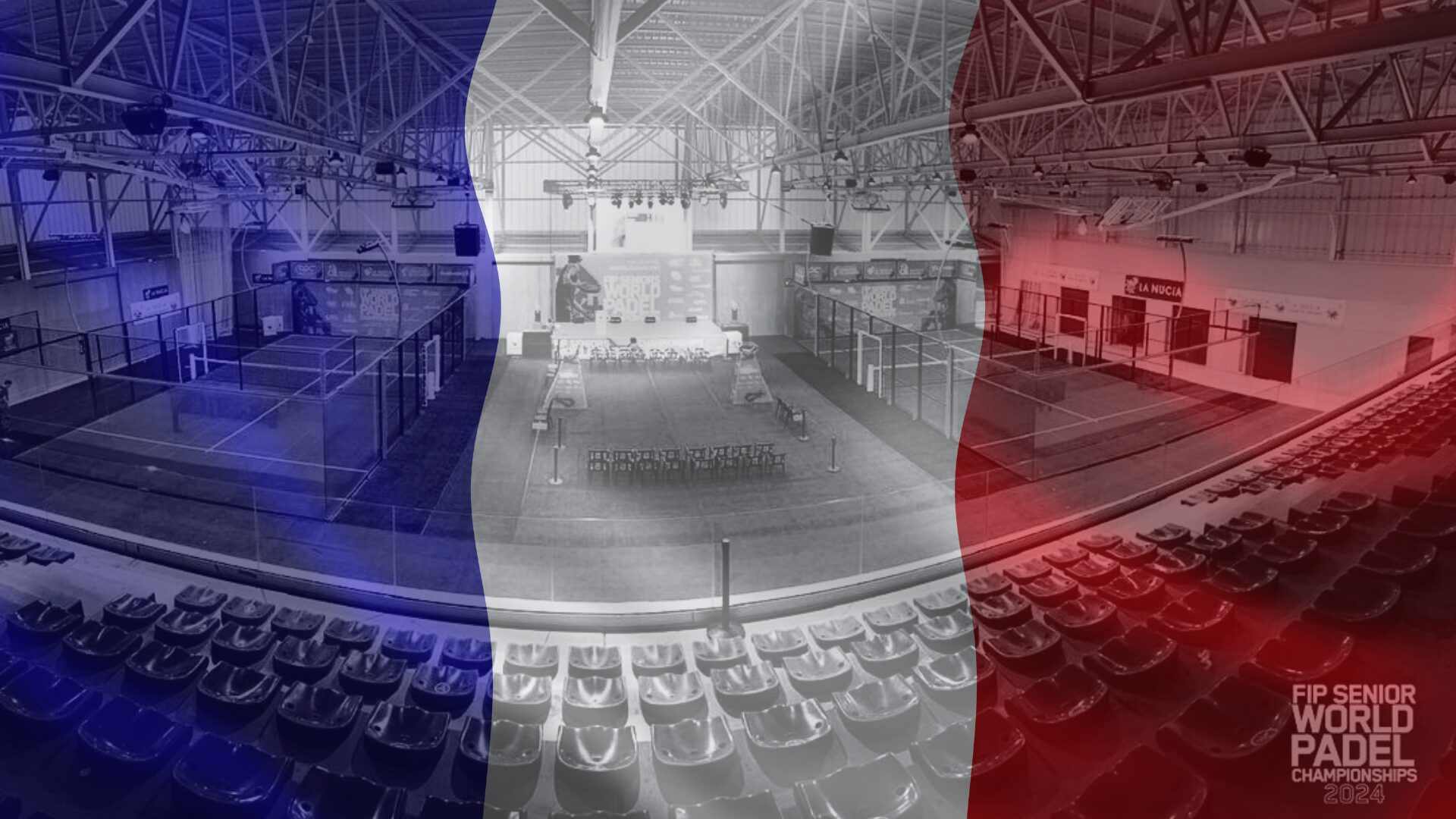 World Seniors Plus 2024 Open (M): five French pairs in the quarters!
World Seniors Plus 2024 Open (M): five French pairs in the quarters!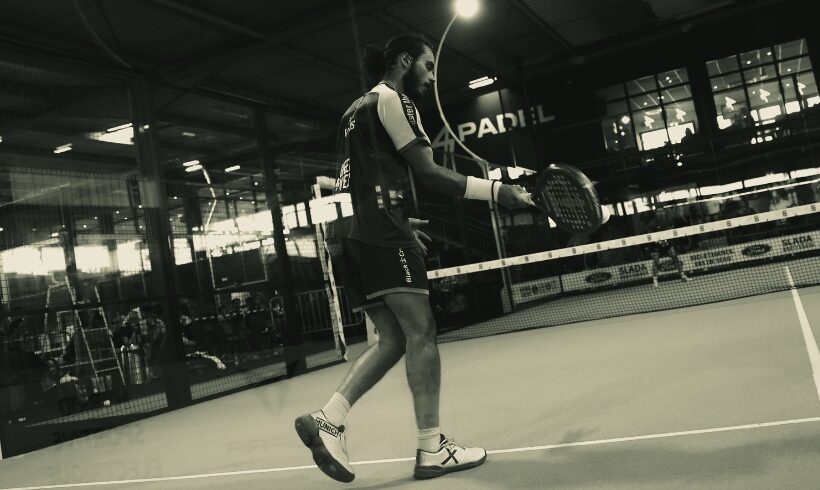 Manuel Vives: “It’s extremely difficult to get by financially”
Manuel Vives: “It’s extremely difficult to get by financially” 2024: a pivotal year for PadelShot
2024: a pivotal year for PadelShot And 4 for Frederick and Mehdy with network 4Padel !
And 4 for Frederick and Mehdy with network 4Padel !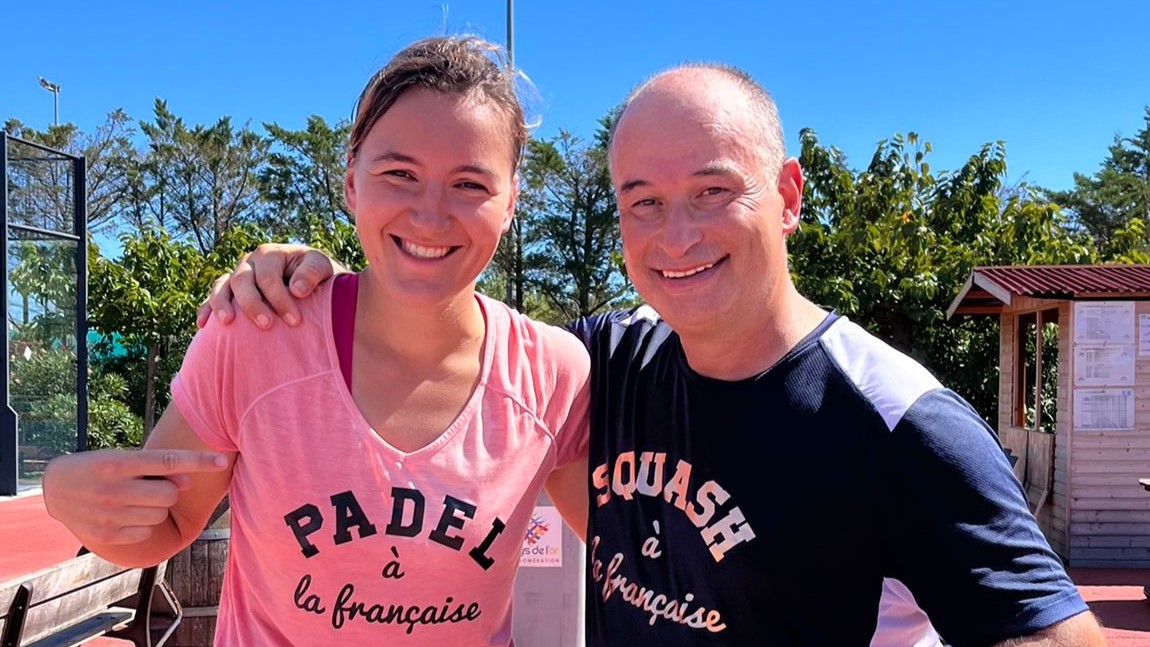 Benoît Letourneau (GM Squash & Padel): “Have a hundred young people in multi-snowshoes within three years”
Benoît Letourneau (GM Squash & Padel): “Have a hundred young people in multi-snowshoes within three years”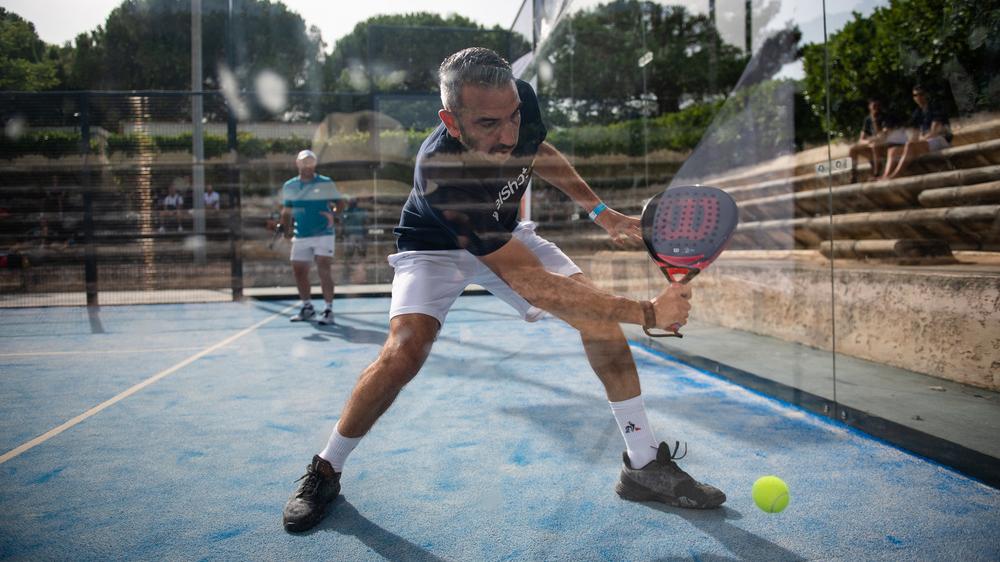 World Senior Plus – Simon Boissé: “Be in the first five places”
World Senior Plus – Simon Boissé: “Be in the first five places”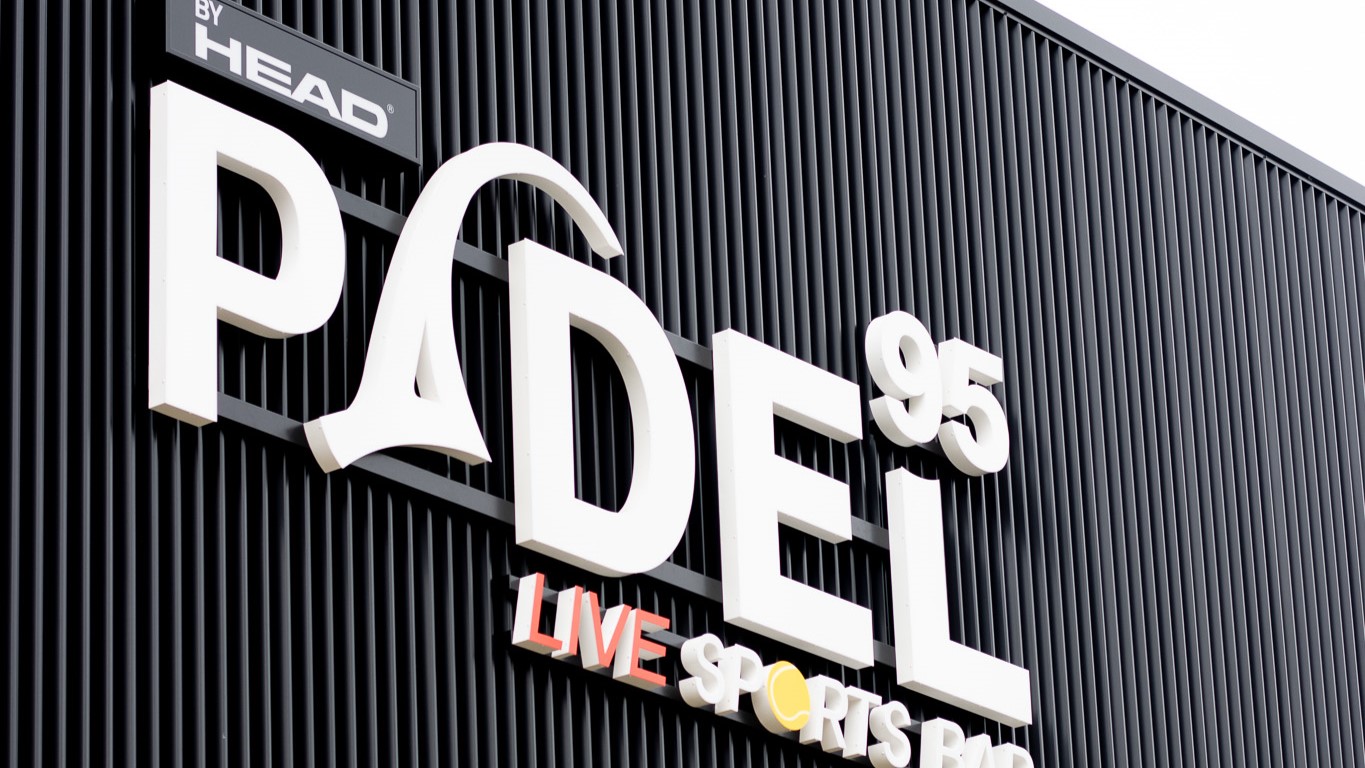 Padel 95: a brand new complex in Pontoise!
Padel 95: a brand new complex in Pontoise! World Seniors Plus 2024 Open (M): the French start very strong
World Seniors Plus 2024 Open (M): the French start very strong Lorena Rufo teams up with Bea Caldera
Lorena Rufo teams up with Bea Caldera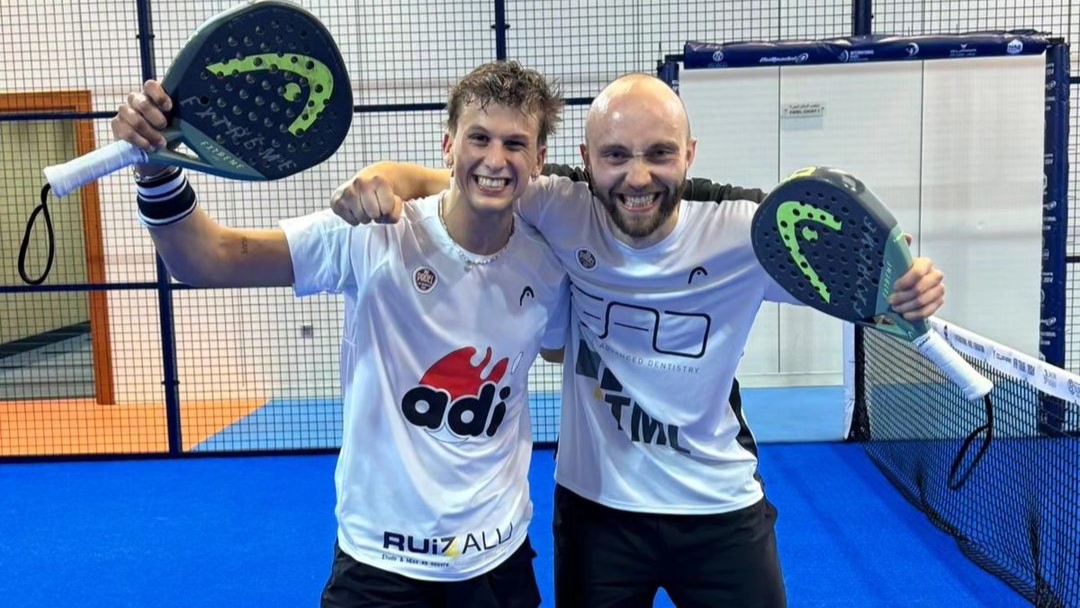 The big progress of Thomas Vanbauce
The big progress of Thomas Vanbauce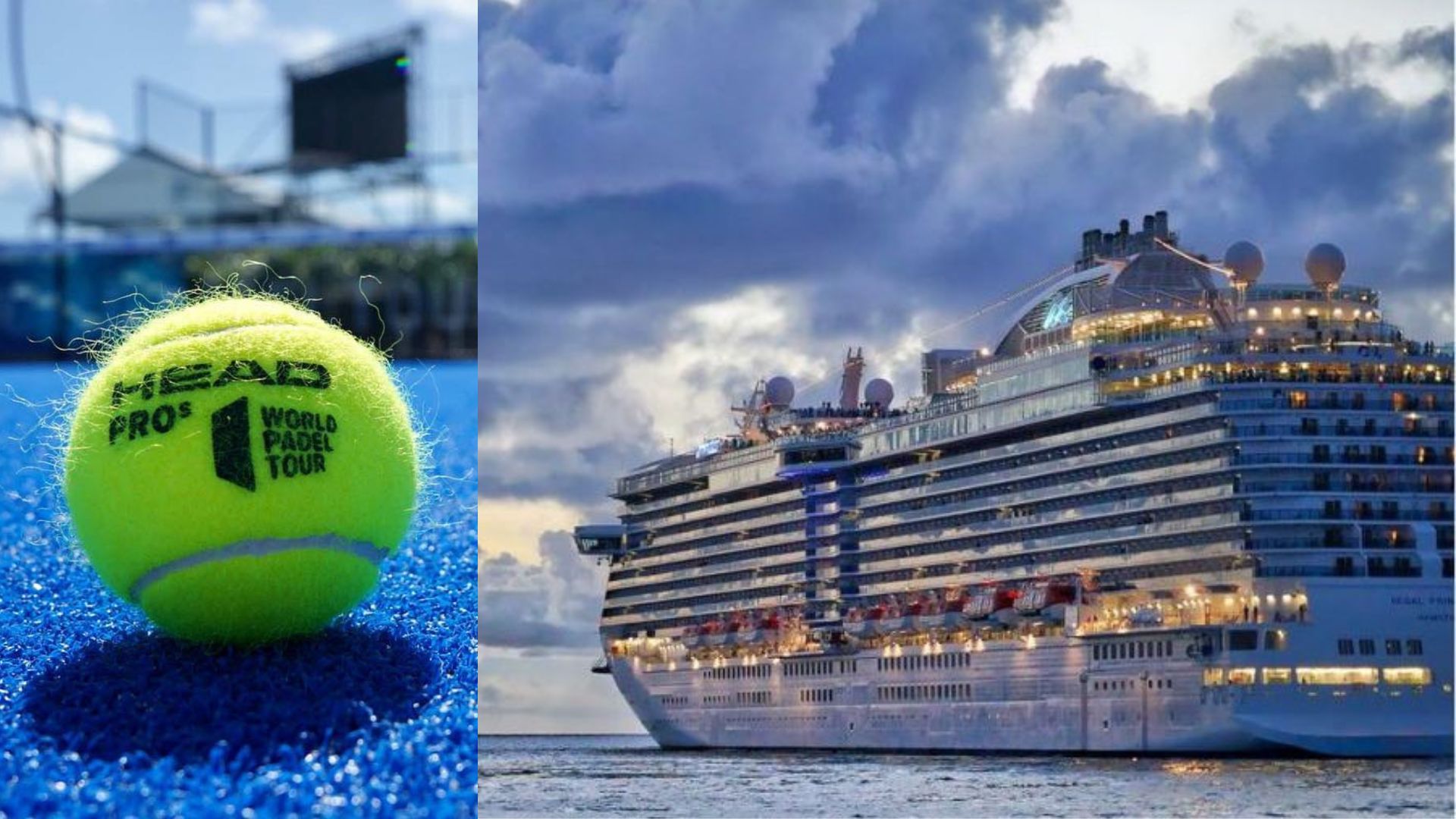 Play at padel on his yacht? Possible for €233.000!
Play at padel on his yacht? Possible for €233.000!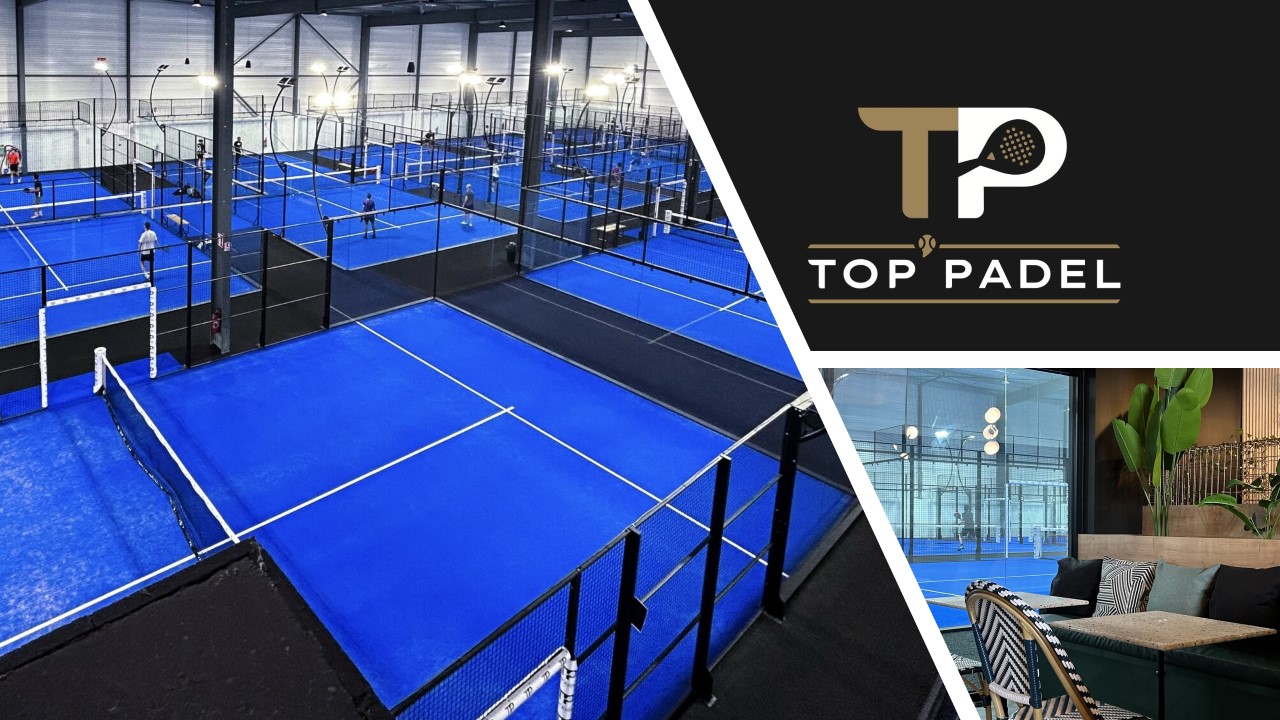 TOP Padel : “A premium club with 10 slopes in Toulouse”
TOP Padel : “A premium club with 10 slopes in Toulouse” The padel of the Barrière Country Club are born in La Baule
The padel of the Barrière Country Club are born in La Baule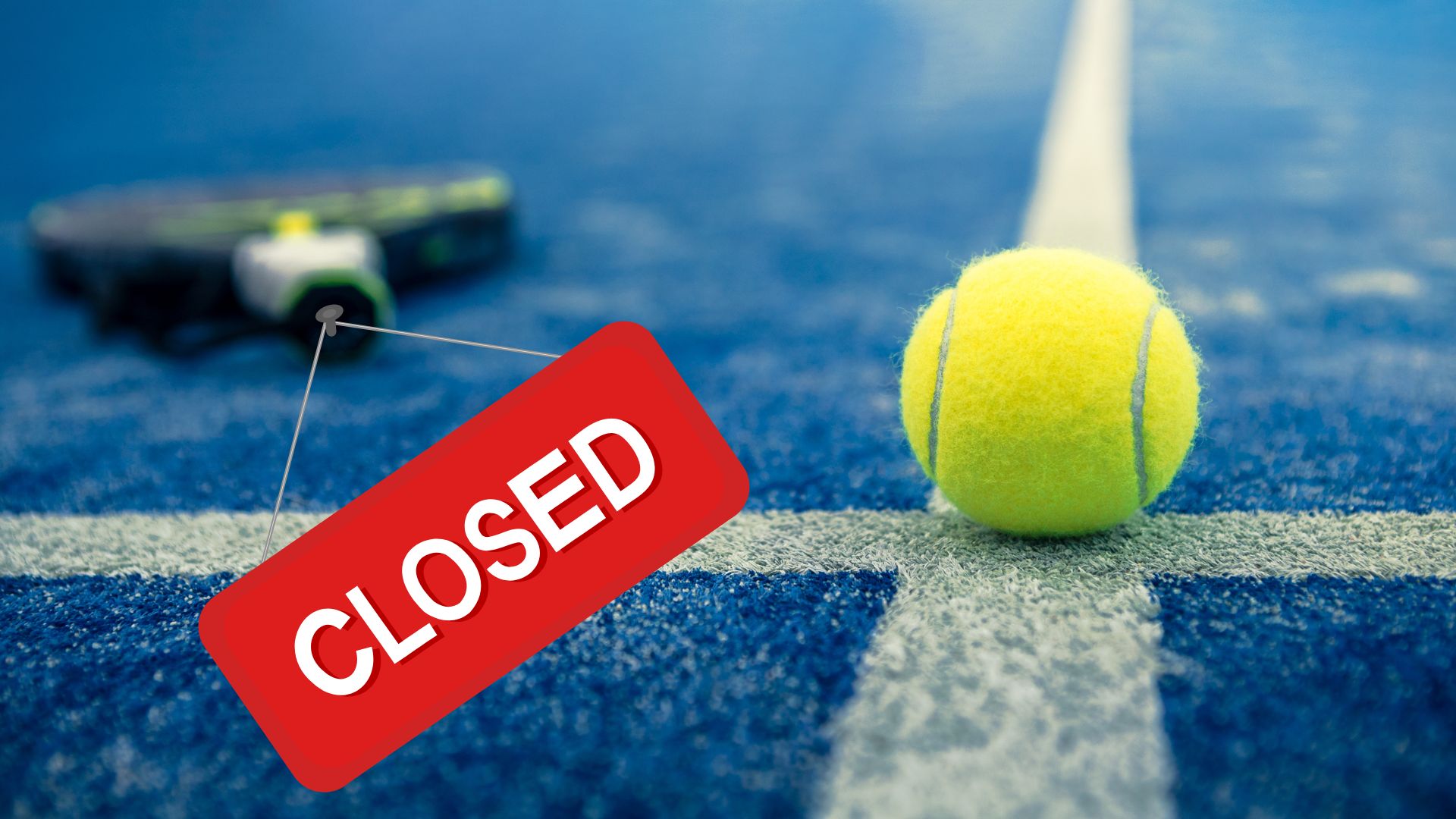 Why clubs padel do they close?
Why clubs padel do they close? At the heart of padel – Episode 24: Paul Daulan shares the evolution of his bandeja
At the heart of padel – Episode 24: Paul Daulan shares the evolution of his bandeja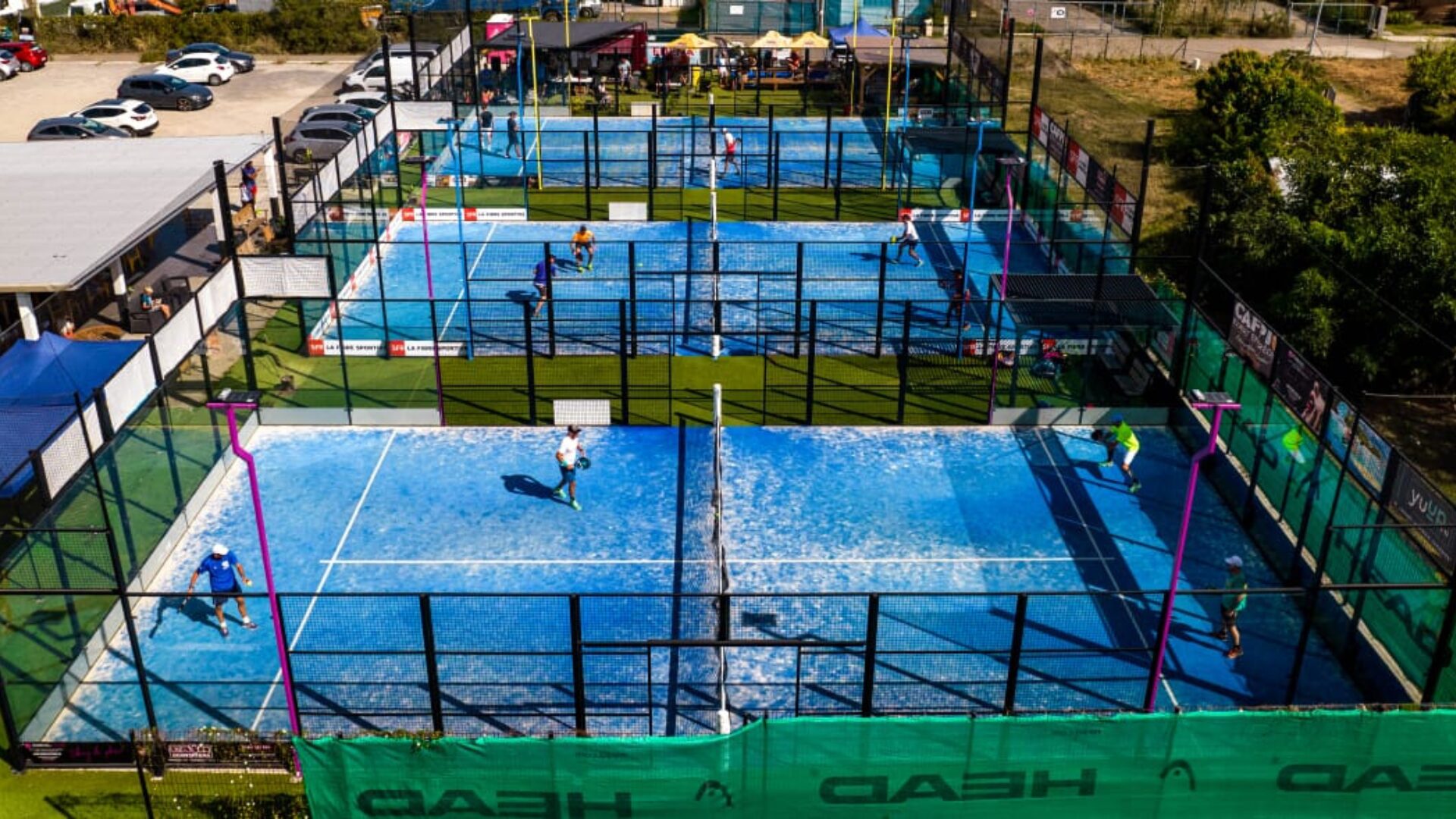 Why choose a track padel new?
Why choose a track padel new?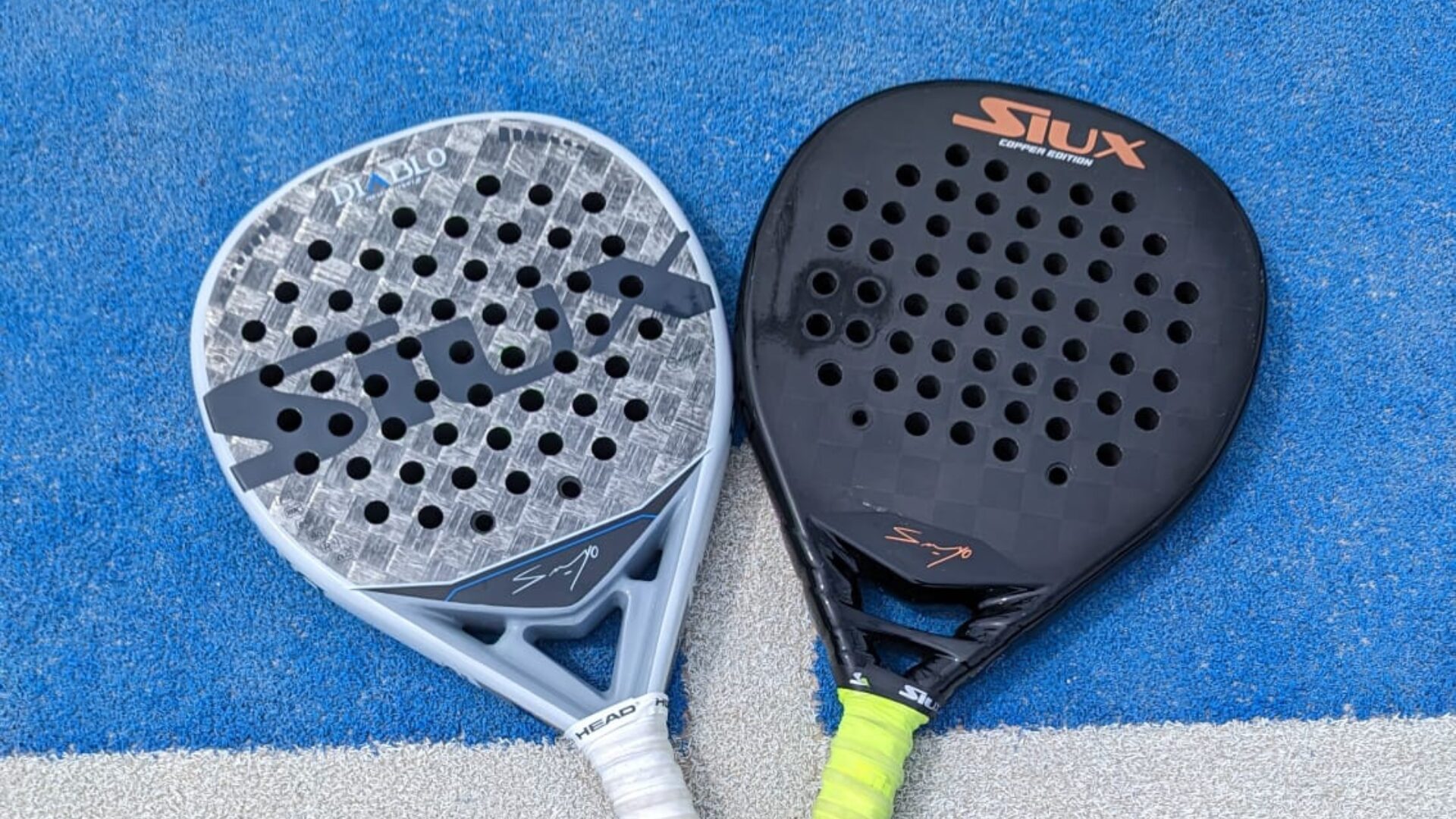 Do you know snowshoes? padel hybrids?
Do you know snowshoes? padel hybrids? At the heart of padel – Episode 23: defend the window well
At the heart of padel – Episode 23: defend the window well Prohibition on playing topless Padel : the reasons
Prohibition on playing topless Padel : the reasons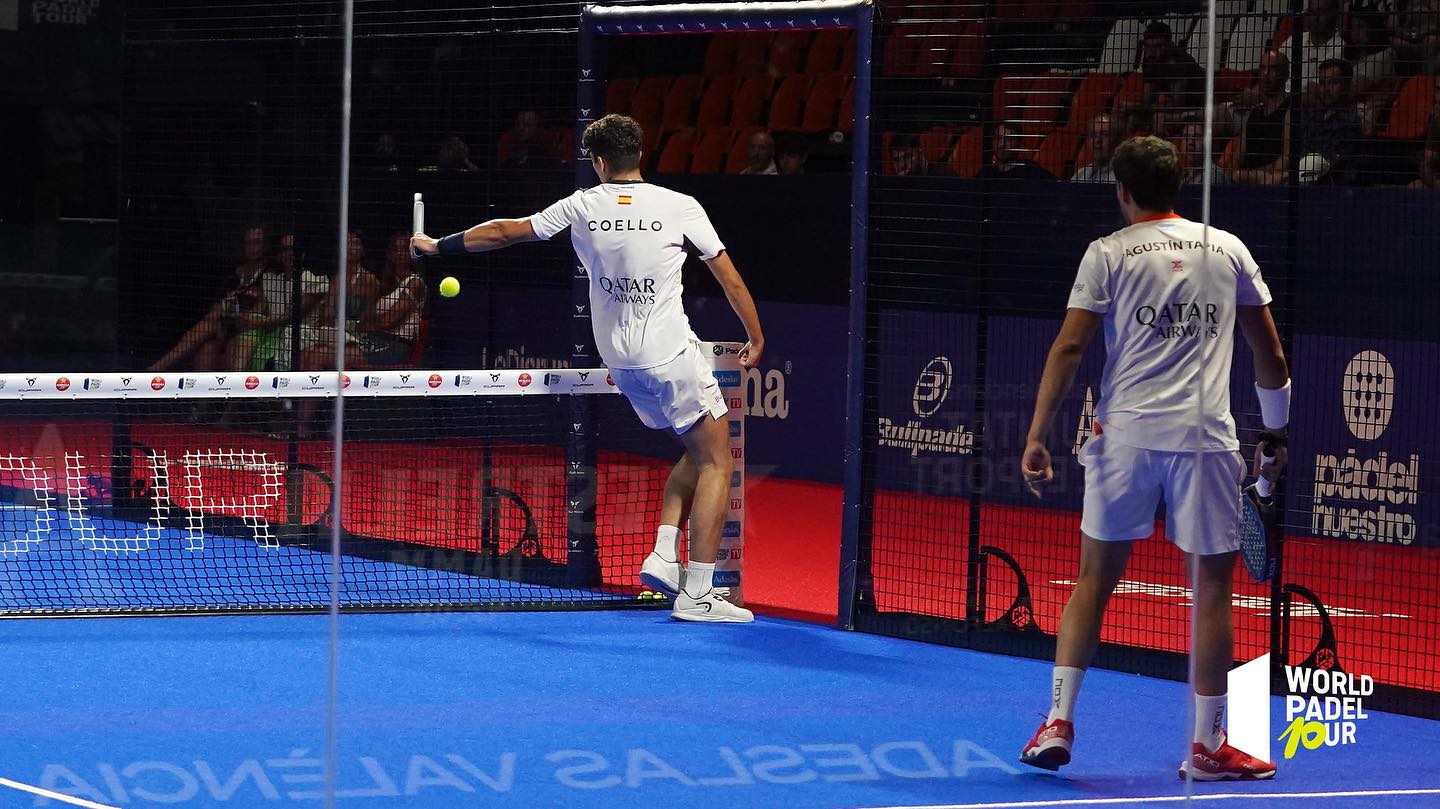 What is the difference between a dormilona, a dejada and a cushioned puerta?
What is the difference between a dormilona, a dejada and a cushioned puerta? FIP Tour – Going far from Europe, THE strategy to earn points!
FIP Tour – Going far from Europe, THE strategy to earn points! What is a good football player? padel ?
What is a good football player? padel ? “Lefties give me headaches when I play against them!”
“Lefties give me headaches when I play against them!” At the heart of padel – Episode 14: how to earn points in winter?
At the heart of padel – Episode 14: how to earn points in winter?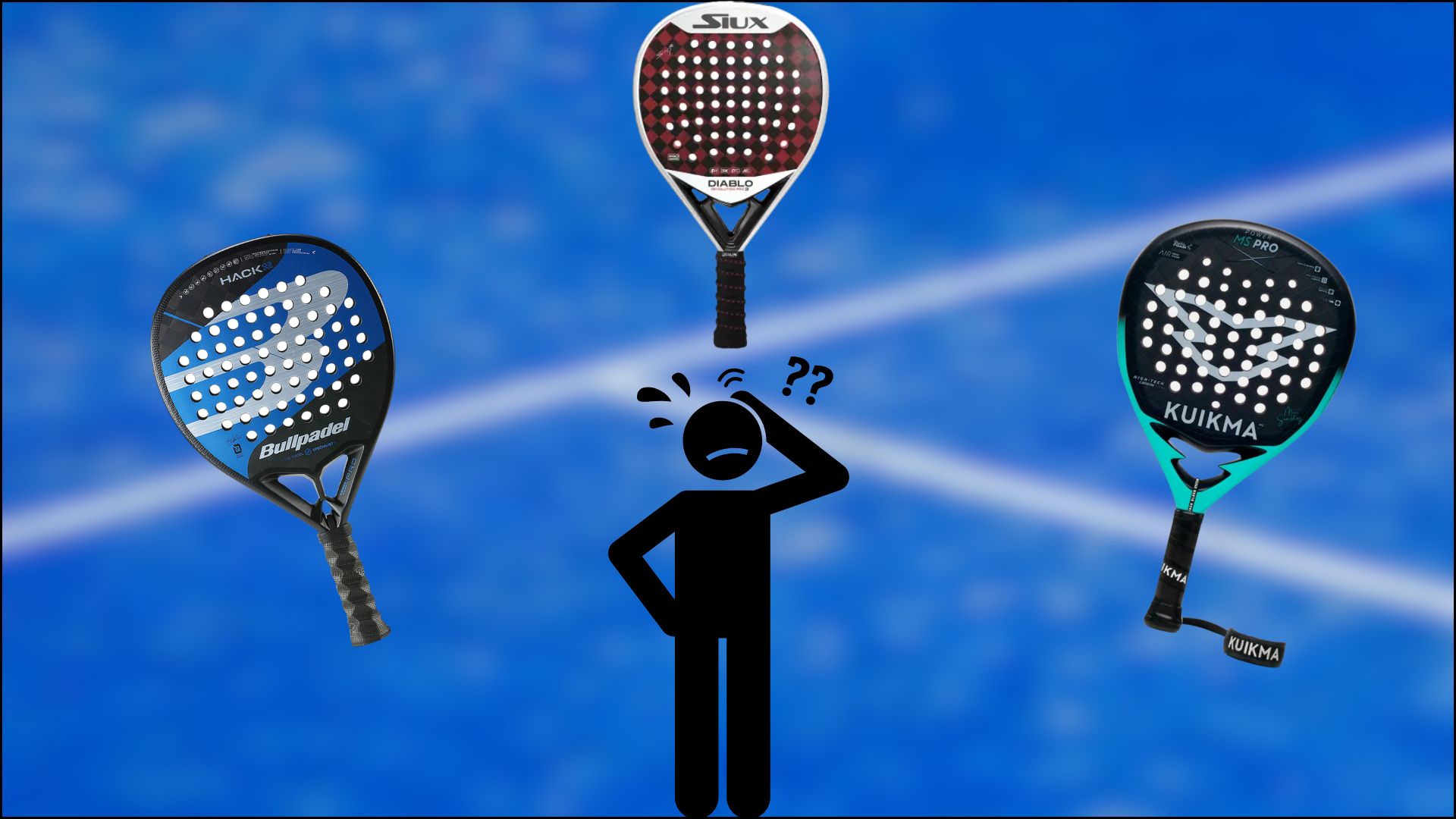 Choose your racquet padel in 3 steps
Choose your racquet padel in 3 steps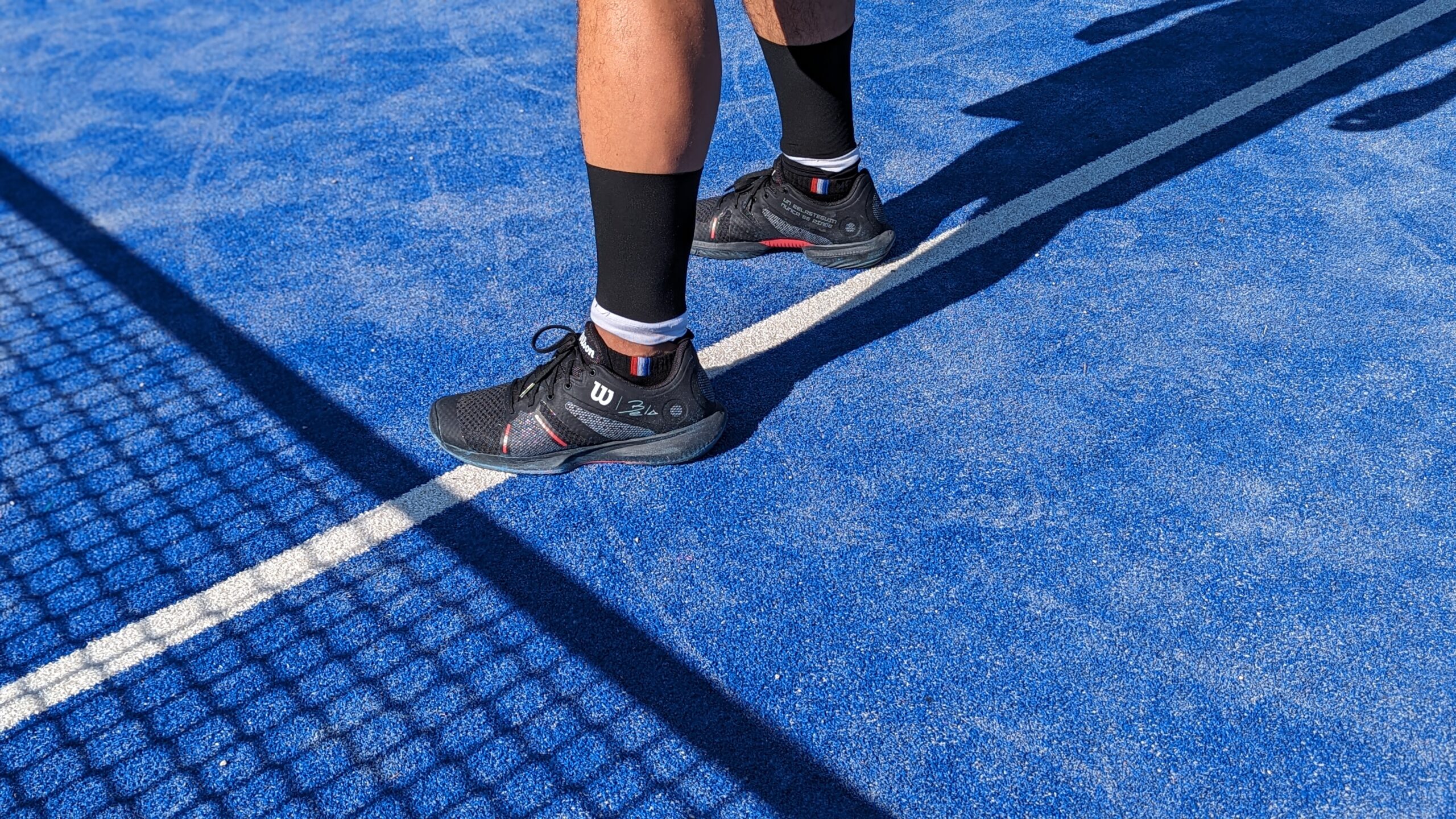 Practical guide to determining your ideal shoe size padel
Practical guide to determining your ideal shoe size padel La padel to fight Parkinson's disease
La padel to fight Parkinson's disease Don't play with a cracked or broken racket, your body will thank you!
Don't play with a cracked or broken racket, your body will thank you! Michel Cymes: “The padel, physically, it’s serious!”
Michel Cymes: “The padel, physically, it’s serious!” Jeremy Gala: “Promote the padel among young people in Belgium remains a challenge”
Jeremy Gala: “Promote the padel among young people in Belgium remains a challenge” The French Touch Academy organizes its selection day Padel-Study
The French Touch Academy organizes its selection day Padel-Study Report on the detection and training of younger generations
Report on the detection and training of younger generations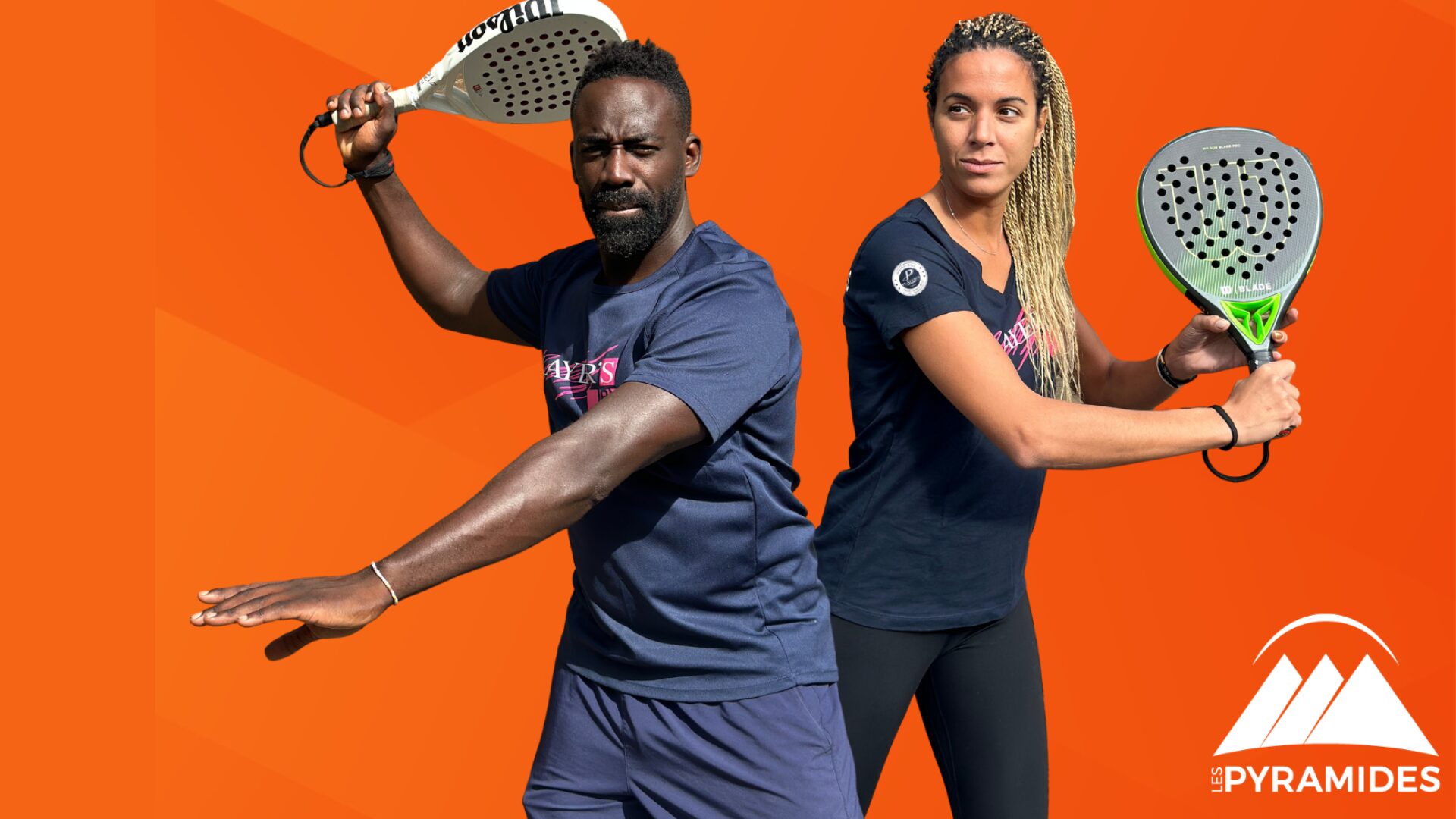 Player's adult courses from April 8 to 21, 2024!
Player's adult courses from April 8 to 21, 2024!